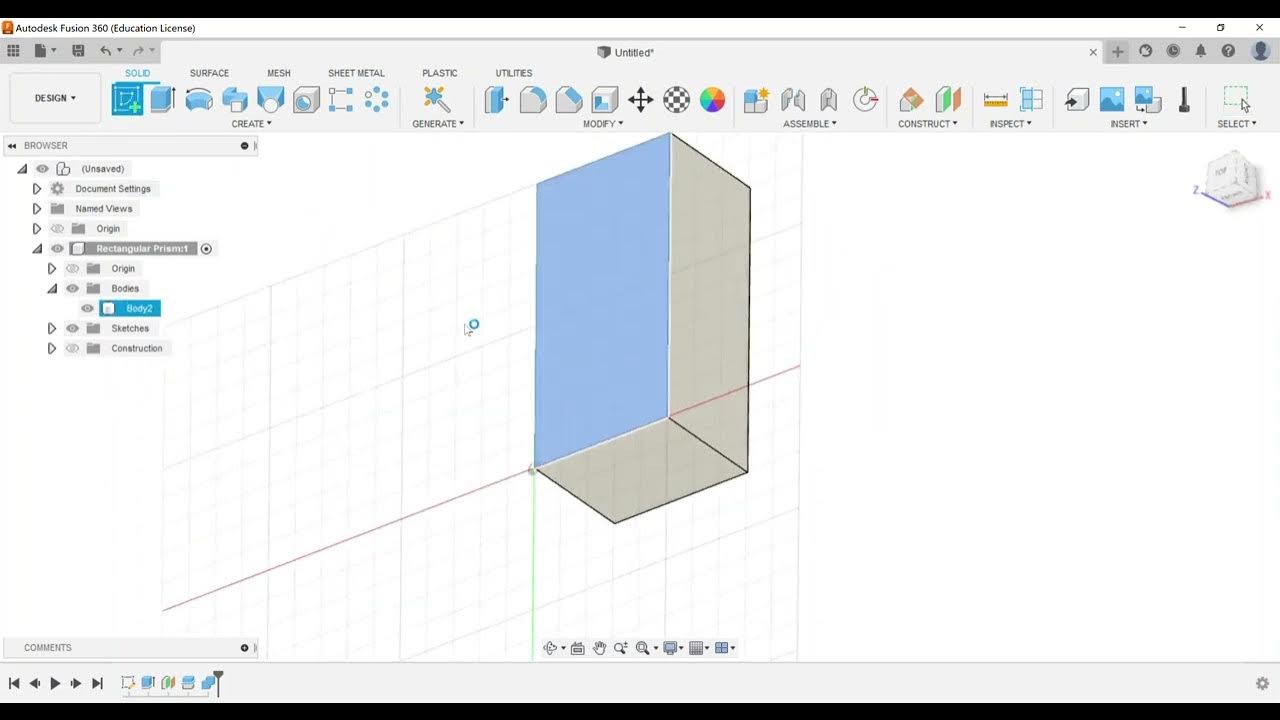How to manual focus with 35mm film cameras - Demo
Summary
TLDRIn this video, the presenter introduces various focusing systems found in old 35mm cameras, including split prism, rangefinder, micro prism, and a combination of systems. The host explains how each system works, outlining their pros and cons, and offers practical tips for photographers. He acknowledges some technical recording errors but keeps the focus on providing valuable insights. With references to personal camera models, the video is aimed at both beginners and enthusiasts. Viewers are encouraged to engage by leaving comments for future content.
Takeaways
- 📸 The Novoflex 5.6 400mm lens is large and challenging to manage, making it unsuitable for certain environments like rooftops or downtown areas.
- 🔧 The focusing system on the Novoflex lens is operated by pushing or pulling the handle to adjust focus.
- 📷 The video focuses on explaining different focusing systems used in old 35mm cameras, specifically covering four main types.
- 🔍 The first focusing system discussed is the rangefinder system, which uses split image focusing, where two images are aligned to achieve focus.
- 🎯 Split image focusing is another system where the image is divided in half, and focus is achieved by aligning the split parts.
- 🔄 Micro prism focusing is a method that uses a small center ring with many reference points to align the image, giving a 3D effect.
- 🎥 A combination system using both split image and micro prism focuses offers flexibility, allowing for more precise focusing in various scenarios.
- 📐 These focusing systems are primarily center-focused, so users need to adjust their composition after focusing if they want their subject off-center.
- 🎞 The speaker mentions using various cameras with different focusing systems, such as the Yashica 135, Nikon F, and Canon AE-1.
- 💬 The speaker encourages viewers to leave comments for further topics, expressing interest in reading all feedback.
Q & A
What is the main topic of the video?
-The video primarily discusses different focusing systems used in old 35mm cameras, including rangefinder, split prism, micro prism, and a combination of these systems.
What is the purpose of the Novoflex 5.6 400mm lens mentioned at the beginning?
-The Novoflex 5.6 400mm lens is introduced briefly, but the creator mentions that it won't be discussed in detail during this episode. It will be covered in a future video.
What are the four main focusing systems discussed in the video?
-The four main focusing systems discussed are: rangefinder focusing, split prism focusing, micro prism focusing, and a combination of micro prism and split prism focusing.
How does rangefinder focusing work?
-In rangefinder focusing, you have a primary image and an off-center secondary image. The goal is to align these two images until they match perfectly, indicating that the focus is accurate. It’s known for being precise and is ideal for street photography.
What is split prism focusing, and what are its challenges?
-Split prism focusing uses a center circle where the image is split in half, either vertically or at an angle. The user aligns the two halves of the image to achieve focus. It can be challenging to use in low-contrast situations or when photographing subjects without distinct lines.
What is micro prism focusing, and how does it differ from split prism focusing?
-Micro prism focusing is similar to split prism but on a smaller scale. It uses a ring of small prisms that create a 3D effect, which flattens when the image is in focus. Unlike split prism, it offers multiple reference points but can be challenging in complex backgrounds.
What is the advantage of using a combination of micro prism and split prism focusing?
-The combination system offers the benefits of both micro prism and split prism. If one focusing method isn’t working well, the user can rely on the other. It provides more flexibility and faster focusing in various shooting situations.
Why does the creator apologize for the video quality, and what issues did they mention?
-The creator apologizes for accidentally recording the video in 720p instead of 1080p and at 30 frames per second instead of 24 frames per second. These issues affected the final quality, but the creator decided to move forward with the current edit.
What should the viewer keep in mind about the term 'split image' used in the video?
-The creator clarifies that whenever 'split image' is mentioned, it should be interpreted as 'split prism,' as that was the intended term.
What advice does the creator give for focusing if you don’t want the focus to be in the center of the image?
-The creator advises setting the focus using the center point, then recomposing the shot to position the subject in a different part of the frame. This approach allows for accurate focusing while maintaining a preferred composition.
Outlines

This section is available to paid users only. Please upgrade to access this part.
Upgrade NowMindmap

This section is available to paid users only. Please upgrade to access this part.
Upgrade NowKeywords

This section is available to paid users only. Please upgrade to access this part.
Upgrade NowHighlights

This section is available to paid users only. Please upgrade to access this part.
Upgrade NowTranscripts

This section is available to paid users only. Please upgrade to access this part.
Upgrade Now5.0 / 5 (0 votes)





